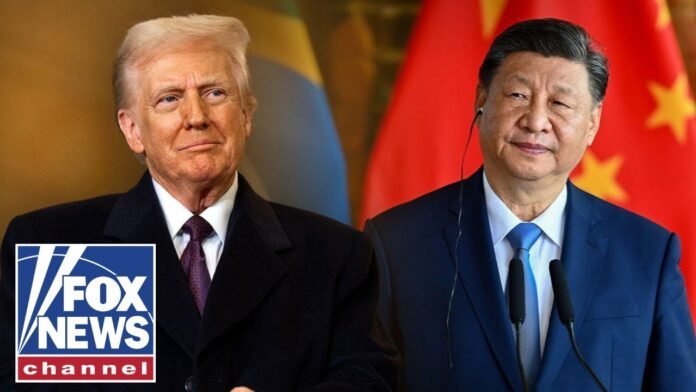The Pakistan army is facing a growing crisis in the Khyber Pakhtunkhwa (K‑P) province, a region that is becoming a stronghold for the Tehreek-e‑Taliban Pakistan (TTP). While the government has struck a fragile truce with the Afghan Taliban, the army is stretched thin fighting on multiple fronts—K‑P, Balochistan, and the north‑east border with India—plus a backdrop of deepening internal unrest.
### TTP’s strategic sweep in K‑P
The TTP has adopted the same infiltration tactics that the Afghan Taliban used before the U.S. troops withdrew in 2021. First, the insurgents planted themselves in rural tribal belts, then moved gradually into urban areas. This pattern now shows up across districts such as North and South Waziristan, Bajaur, and Khyber‑Kurram, which are now under full TTP control.
Soldiers—especially those from Punjab—are increasingly refusing to be sent to these rural sectors. The reasons are clear: the terrain favours guerrilla fighters, local populations often support the TTP, and the insurgents have shown they can hold ground with relative ease. As a stopgap, command has placed troops in defensive posts rather than mounting sweep operations to destroy TTP cells.
In the city streets of Bara Road, Badaber and Mattani, the army has seen a sharp uptick in TTP activity. Formerly managed by the Frontier Corps and police, these areas now serve as logistical hubs for the insurgents. Recent videos show TTP fighters openly collecting money on the main roads, inspecting vehicles, and even cheering in front of crowds. The footage underlines the depth of the TTP’s grip—and the army’s limited reach.
### Challenges on multiple fronts
Beyond the TTP threat in K‑P, the Pakistan army is battling the Balochistan Liberation Army (BLA) in Balochistan, a conflict that has cost many lives and sapped manpower. Added to this is tension over the relationship with the Afghan Taliban—an uneasy arrangement that further complicates strategy.
At the northern border, Pakistani forces must also confront Chinese expectations of cooperation and counter‑terrorism, which strain resources further. The result? Pakistani troops are spread thin, facing difficulties in maintaining control over key areas while managing border security.
### Local sentiment and anti‑army feelings
In many parts of Pakistan, local populations increasingly harbor anti‑army sentiments. Rural communities feel that the army’s presence is more of a burden than a protector, which pushes them toward supporting groups like the TTP. This phenomenon is similar to the political unrest seen in Balochistan and the disputed Kashmir region. When populations side with insurgents, it creates a hostile environment that hampers military operations.
### What this means for Pakistan’s security
The combination of an expanded TTP presence in K‑P, ongoing insurgent activity in Balochistan, strained relationships with the Afghan Taliban, and border security challenges has left the Pakistan army in an unsteady situation. With defences up on many fronts and local support flowing to insurgents, the army’s ability to regain full control over K‑P and nearby regions is uncertain.
The situation underscores the need for a more comprehensive security strategy that blends military pressure with political outreach to win hearts and minds in rural areas. Only then can Pakistan turn the tide against the TTP and other insurgent groups, restore stability, and safeguard its internal and border security.
Source: ianslive
Stay informed on all the latest news, real-time breaking news updates, and follow all the important headlines in world News on Latest NewsX. Follow us on social media Facebook, Twitter(X), Gettr and subscribe our Youtube Channel.



